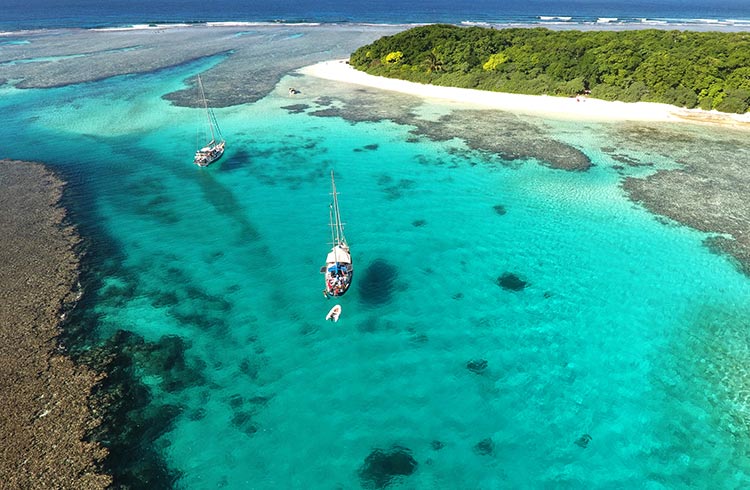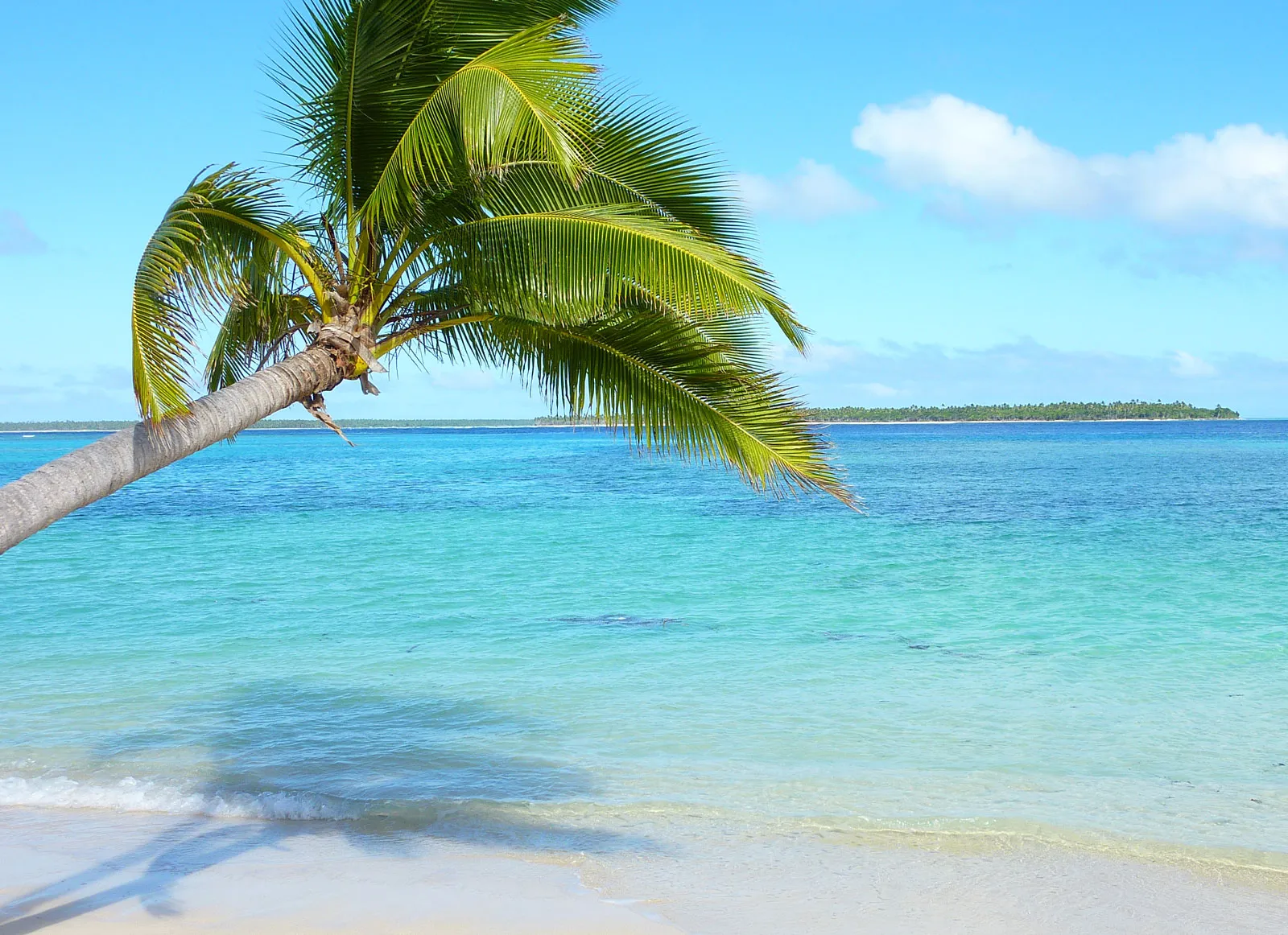



Haʻapai is a group of islands, islets, reefs, and shoals in the central part of Tonga. It has a combined land area of 109.30 square kilometres. The Tongatapu island group lies to its south, and the Vavaʻu group lies to its north. Seventeen of the Haʻapai islands are inhabited. Their combined population is 5,419. Wikipedia
May to October (dry season): Ideal for travel — warm, dry, and perfect for beach and water activities.
November to April (wet season): Hotter and more humid with a chance of cyclones, especially from January to March.
By Air: Domestic flights operate from Tongatapu (Fuaʻamotu Airport) to Lifuka Airport (Pangai, the capital of Haʻapai).
By Sea: Passenger ferries connect Tongatapu and Vavaʻu to Haʻapai. Travel time is long, but scenic.
By Yacht: Many cruising yachts stop at Haʻapai due to its calm, reef-sheltered waters and beautiful anchorages.
Lifuka Island: The main hub with small villages, colonial-era buildings, and the administrative center of Pangai.
Foa Island: Connected to Lifuka by a causeway, it boasts some of the region’s best white-sand beaches and eco-resorts.
Haʻano and Uiha Islands: Small traditional islands offering deep cultural experiences, perfect for village visits.
Tofua Volcano: An active volcanic island (with a crater lake) — famously visited by Captain Bligh after the Mutiny on the Bounty.
Kao Island: The tallest peak in Tonga, ideal for adventurous hiking (requires boat access and planning).
Swimming and snorkeling in crystal-clear lagoons with vibrant coral reefs.
Kayaking and paddleboarding between quiet, sandy islands.
Whale watching (July–October): Calm waters make Haʻapai an excellent spot to see humpback whales.
Cultural visits to villages to experience Tongan music, food, and crafts.
Kite surfing and sailing in steady trade winds and calm seas.
Relax and disconnect — Haʻapai is one of Tonga’s most tranquil island groups, perfect for digital detox.
Haʻapai is known for its eco-lodges, beachfront fales (bungalows), and family-run guesthouses.
Most places are low-key and community-oriented — great for nature lovers and independent travelers.
Foa Island offers the best selection of accommodations with beach access and ocean views.
Most food is fresh and homemade, often prepared by hosts or at local eateries.
Staples include grilled fish, root crops (taro, cassava), lu (meat wrapped in taro leaves), and tropical fruits.
Local cafes in Pangai serve basic meals, snacks, and cold drinks.
Seafood feasts are common in resorts and villages, especially during festivities or cultural shows.
Haʻapai is one of the most traditional and peaceful regions of Tonga.
People live simply, with strong connections to land, sea, and community.
Respect for elders, Sundays reserved for rest and church, and modesty in dress are important.
Visitors often experience kava ceremonies, traditional dancing, and genuine local hospitality.